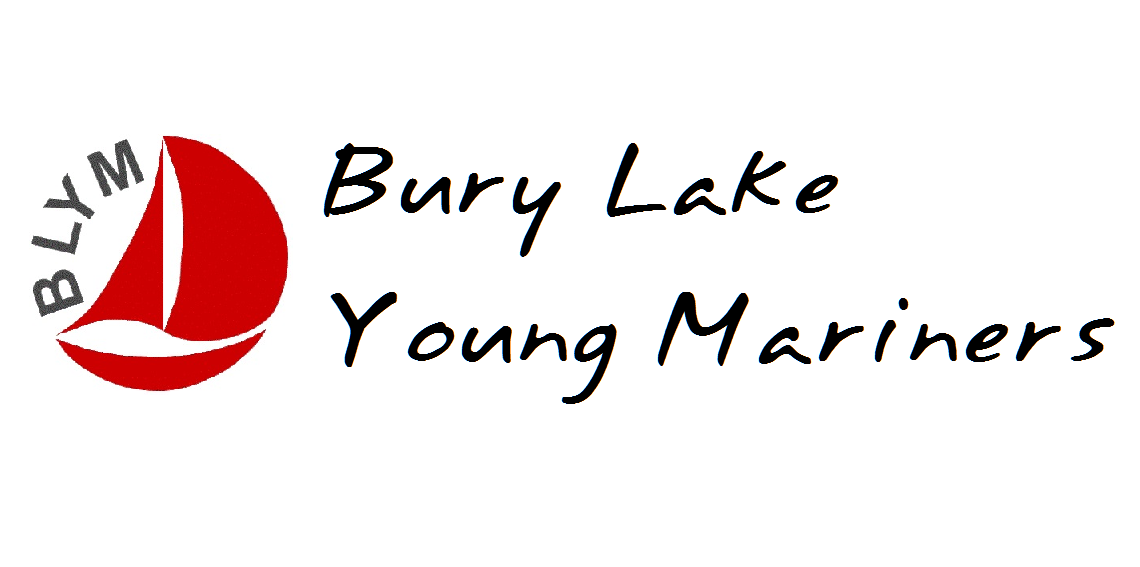by Alan Russell
Part One
There are records of sailing on Bury Lake for about 90 years. The first occupant was Rickmansworth Sailing Club. They vacated in 1960 when the acquired the freehold of Troy Lake further down the valley. Hertfordshire County Council (HCC) then took over the site as an outdoor education centre. They provided a fleet of about 25 dinghies and employed a centre manager and offered the facility to local schools and youth organisations. In 1982 HCC withdrew funding and it looked as though the facility would close. It was rescued by a group of teachers, youth leaders and parents who founded BLYM as an independent charity. The first Chairman was Dr Ken Smith, a chemistry teacher at Rickmansworth School.
We are now in 2020, so that makes the club 38 years old. In that time, we have gone through a massive transformation and newer members will be unaware of just how much has been achieved in that time. I thought it might be interesting to look back with some memories of the BLYM sailing fleet as it was at the start.
When HCC left the site BLYM retained the boats and equipment, which enabled sailing to take place but there was no financial provincial for replacement of the ageing fleet. Several affiliated schools and groups had boats of their own, many of which were in better condition than the BLYM fleet. In the early years a few second-hand boats were purchased, but this was not a sustainable strategy.
In 1989, the committee was acutely aware that the club was in desperate need of investment. Almost all our boats were near the end of their life and decidedly shabby in appearance.
We had eight Coypus, but these were nearly 30 years old. Another four Coypus with wooden gaff rigs had already been retired as unserviceable. Our six Wayfarers had all been purchased second-hand and were decidedly old. We had a total of four rather fragile Toppers. The only boats that could reasonably be regarded as “decent” were a fleet of six Enterprises. We had two power boats, one being the Tod diesel launch (the only original boat still in use), the other being a Coypu hull with an outboard engine and all the stability of a unicycle.
We had very little money available, so we decided to embark on a fund-raising campaign which we called Sails Drive.
To give us a bit of a morale boost, we lashed out and bought a new Topper - the first new boat BLYM had bought.
And we started writing lots and lots of begging letters.
Part Two
I would like to correct an impression I may have given. I explained that in the late 1980s our fleet was becoming dilapidated and in urgent need of replacement. This is no reflection on the magnificent efforts of our hard-working bosuns, Harry Arnott, Frank Darnell and Allen Mendham, who kept the ageing fleet seaworthy and operational. However, despite their best efforts the boats were getting to an age where they were no longer maintainable.
The committee decided to concentrate on our core training fleet, i.e. the Coypus, Wayfarers, and Toppers. To replace these boats (at 1989 prices) was going to cost around £30,000. At the time, our annual capital expenditure budget was about £3,000. We could not wait ten years, as the fleet would have collapsed by then.
We needed to find some sources of external funding to add to our own financial resources. We launched our fund-raising campaign - Sails Drive - hoping to find companies, organisations and individuals to make donations.
At the time, the site of the Tesco supermarket was being sold for development. The planning application was controversial, provoking a great deal of local opposition to moving the small supermarket in Rickmansworth Town Centre to a new larger site in Harefield Road. We wrote to Tesco to ask if they would like to be associated with our project to give them some better publicity. This resulted in a meeting with Tesco’s development manager, David Hall. To our absolute amazement, a week later we received a cheque from the Tesco Charitable Trust for £3,500 to sponsor a new Wayfarer.
It is hard now to explain how much of a boost this generous act gave us. Our first new boat in six years since the club’s foundation.
It must be said that, by a stroke of good fortune, David Hall turned out to be a keen sailor. How much this affected our request I am not sure, but he invited me for a day’s sailing on his Dart 18 catamaran at Rutland Water Sailing Club (the only perk of the job!) and David and his family came to BLYM for the launch of the new boat. He saw the funny side of the name we had given to the boat - Tesco Wayfarer 1, which indicated that we would be in touch with Tesco again soon.
There is a sequel to this story, but it comes a bit later. First comes the tale of a multiple birth - the Coypu quadruplets.
Part Three
This series of stories describes the BLYM Sails Drive project which started in 1989 and put us on course to build our current fleet of more than 100 magnificent boats. At the end of the last part, we had acquired just two new boats, a Wayfarer and a Topper. A great deal of fund-raising effort lay ahead.
We had set ourselves a goal of buying eight new Coypus to replace what was the oldest part of our fleet. The original Coypus dated back to 1960 and were looking distinctly battered and time expired.
We needed sponsors desperately and we wrote huge numbers of letters to potential supporters. We struck gold quite quickly. Herts Youth Service paid for two of the boats outright (the two red ones) and these remain with us “on permanent loan”. One of the blue boats was also fully sponsored by a local entertainment company. We funded the fourth boat ourselves.
The boats were built for us by Royall’s of Wroxham, a Norfolk firm, and we were faced with the problem of paying a substantial delivery charge. Fortunately, we were able to borrow a double trailer from Herts Young Mariners Base in Cheshunt and we made two very long round trips to collect the boats.
Nice though the new Coypus were, the build-quality did not match that of the original boats. Some early repairs to poorly laid gel coat were required and the boats had a few “design features” that we were unhappy with.
In particular, the metal centreboards were raised by a sort of dynamite plunger. It needed great physical strength to lift the plate whilst someone else popped a pin into a hole to hold the centreboard up. Lowering the centreboard was much easier as gravity did most of the work. However, the T-shaped handle did an excellent job of squashing unwary fingers against the top of the centreboard case. Harry Arnott, our bosun, devised a purchase system of ropes and blocks to replace the plunger. This proved highly successful and is still in use today.
The four Coypus were launched at the start of the 1990 season at the same time as Tesco Wayfarer 1. We now often launch this many new boats at the start of each season. However, in 1990 it was a defining moment in BLYM’s history. The excitement was intense, and the new boats gave us a great feeling of satisfaction.
At the end of the first year of the three-year Sails Drive project, we had replaced six boats with a further 12 to go.
Part Four
These stories chart the passage of the BLYM Sails Drive project that started in 1989 and culminated today’s fleet of more than 100 dinghies. At the end of the last part, the project had been running for a year and we had acquired six boats of our target of 18. We were very proud of our new Topper, new Wayfarer and four new Coypus.
At about this time, we launched the regular Wednesday afternoon Splash Club to give an opportunity to sail for those that had completed an RYA course but were not attached to a group. At this point in BLYM’s history, all general sailing was conducted as part of a school or youth club group activity. BLYM membership and general sailing for families and individuals came a bit later.
We decided to earmark all charges made for Splash Club attendance and put these into a New Topper Fund. The idea was very successful, and the scheme enabled us to buy a new Topper every year for the next six years. The first of these Toppers have long-since been replaced, but they were much loved and extensively sailed for many years.
Our vigorous fund raising continued and the large number of begging letters began to give results. We found some companies and charitable trusts that were willing to give us a donation, typically around £500. However, it required a lot of such donations to raise the £4,000 we needed for the next Wayfarer.
Despite the uphill struggle, in 1990 we were able to raise enough money to purchase another Wayfarer (Spirit of Youth 1) and our first two Optimists.
The Oppies came from a London Docklands company that went into liquidation shortly after we had taken delivery of the boats. To our great surprise, our cheque for £1,000 was not presented and the money remained in our bank account. Six months later, the cheque expired. However, shortly afterwards, we received a letter from the company’s liquidator asking for a replacement cheque. We sent this off only to find that the replacement cheque was not presented either. So, our first two Oppies cost us precisely nothing!
It wasn’t long before we found something else to spend the money on, however. In the next part of the story, I will tell you about the completion of the Wayfarer fleet, the next six Oppies and a bonus to our plans with the unexpected gift of a brand new 420 dinghy.
Part Five
Having so far raised funds in 1989 and 1990 for two Wayfarers, two Toppers, two Oppies and four Coypus the pressure intensified to meet our self-imposed three-year deadline to replace the entire basic training fleet. The new boats were understandably popular and therefore receiving a disproportionate amount of use. We were concerned that they would be subject to so much wear and tear that they would rapidly become as exhausted as our old boats.
The year was 1991, and during the winter months we took the decision to order a further four Coypus and another Topper. This was something of a gamble, as to meet the bill we needed to commit virtually all our surplus revenue for the first six months of the following year.
We were obliged to make some concessions. We ordered the Coypus without sails, planning to use those from the old boats until we could afford new ones. In addition, we recycled masts and booms salvaged from the four hulls we had pensioned off the previous year. Whilst all the old sails have long since been discarded, the spars (the gold-coloured ones) are still going strong after 60 years of service.
To place further pressure on our finances, we had to replace the diesel engine in our Tod safety boat at a cost of over £3,000. The old engine had become unreliable and was widely detested by those who used it, as it required manual cranking to start it. One rapidly learned that a careful placement of the thumb was necessary as the kick-back from the starting handle usually meant a visit to the local hospital fracture clinic for the unwary. We decided that a new engine with an electric starter had become a necessity.
During the year, we secured donations from some more well-wishers. The RYA Seamanship Foundation gave us a grant of £1,000. Watford Rotary Club gave us £350 and the Percy Bilton Charity £500. Watford Borough Council made a grant of £350 and Natwest Bank sent us £200.
In the previous year, we had made an application to BBC Children in Need, citing the work we do with disadvantaged and disabled young people. We were delighted when we received an award to purchase a further six Oppies, at a cost of over £4,000
In the hope that we might also be able to raise funds for another Wayfarer, we contacted our old friend David Hall at Tesco. Unfortunately, he was not able to pull strings again for us, but he kindly introduced us to a local businessman, Tony Walker.
Tony’s family ran the timber yard and boat building business at Frogmoor Wharf, the site where the Tesco supermarket now stands. The sale of the site had given the Walker family an opportunity for a comfortable retirement. In talking to them, we discovered that their company had dug out the gravel from Batchworth Lake and Bury Lake, and they had themselves at one time kept sailing boats and even a steam launch on the lakes.
Their sentimental attachment to the Aquadrome prompted a very generous donation of £5,000 with which we purchased a new 420 racing dinghy to be used by the most promising two sailors in the club to graduate into a high level of competitive sailing.
The Walker family chose the name for the new boat – Gadfly. This was the name of a canal boat built many years previously by the Walker family. It was the first boat to ascend the inclined plane (a flight of locks) on the Grand Union Canal at Foxton. This was the last link in the most important inland waterway in Britain. Tony said that he hoped our new 420 would be first past the post in its own way. His wishes were fulfilled. On its first outing at the NSSA Inland Championships at Grafham Water, the boat won its fast handicap class. Subsequently, the boat took three crews into the RYA National Youth Squad.
In his retirement, Tony Walker wrote a book entitled Walkers of Ricky in which he described the huge involvement his company had as a major employer in the town of Rickmansworth for most of the last century. In the final chapter, he mentions BLYM and says how pleased his family was to be able to support us.
I had the good fortune to meet Tony Walker’s mother, who in her 90s was still living locally. She was in good health but had lost her sight. She told me a tale that the Walkers business was in its early years the largest employer in Rickmansworth. It also had a reputation for being prudent, very prudent, with money. A church in Rickmansworth had a banner outside proclaiming: “The Wages of Sin is Death”. Someone scrawled underneath: “The Wages at Walkers are less”. But BLYM’s experience is of a very generous Walker family.
So, by the summer of 1991, we had again made massive improvements to the fleet. But we were no nearer to raising the £10,000-£15,000 we needed to purchase three more Wayfarers to complete the project, and by now our oldest Wayfarers really were at the end of their working life. We had only six months remaining if we were to meet our three-year target.
Part Six
This is the final instalment in the tale of our first Sails Drive project, in which we replaced BLYM’s original fleet of boats in the three-year period 1989-91. Our Coypus, Wayfarers and Toppers were deteriorating rapidly, and we needed to raise £30,000 to replace them. To put this sum into context, at the start of the project, our total annual income was just £10,000.
In previous parts of the story, I recounted how we managed to acquire two Wayfarers, three Toppers and eight Coypus as well as the unplanned addition of eight Oppies and a 420. At first glance, it seemed we were doing quite well, until it is realised that the remaining three boats represented almost half the total project budget.
Back in 1991, we could buy a Wayfarer (minus sails and launching trolley) for about £4,000. We wrote lots more begging letters but were unable to find a major sponsor to fund a whole boat. There was a steady stream of donations, each a few hundred pounds, but the total remained a long way off.
We held a sponsored sailing relay, raising almost £500 and we held barbecues, raffles and such like. And the struggle continued.
We tackled the problem another way by persuading the builders, Porter Brothers, to give us a discount if we ordered three boats together. However, this compounded the problem, as we couldn’t order any of the boats until we had the money for all three.
We eventually took delivery of Spirit of Youth 2 and Spirit of Youth 3 in March 1992, three years exactly since the Sails Drive project started with the launch of Tesco Wayfarer. We asked Porters to delay the delivery of Spirit of Youth 4 for two months as our cash reserves were at rock bottom. We hoped that we wouldn’t receive a large unexpected bill.
Fortunately, our finances recovered as the summer progressed. The proceeds of Splash Club again produced enough to buy a new Topper, our fourth. And the project was truly completed. We had not 18, but 26 new boats. And we’ve never looked back since.
For members who have joined BLYM in recent years, it must be difficult to imagine how things were in 1989, with a dilapidated fleet almost beyond repair.
It must be said that the committee members who started the Sails Drive project were unsure if it could be done. It just goes to show, “nothing is impossible”. But in the summer of 1992, those same committee members started looking at our Enterprise fleet, which looked rather shabby beside our gleaming new Wayfarers, and we quite liked the look of the newly designed 405 dinghy. There was only one thing for it. We started Sails Drive 2!






